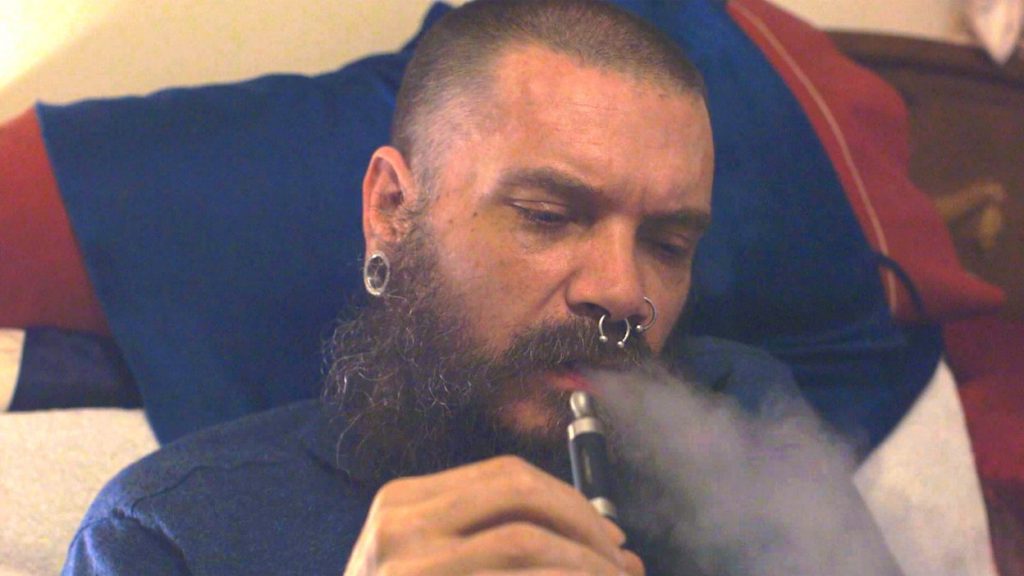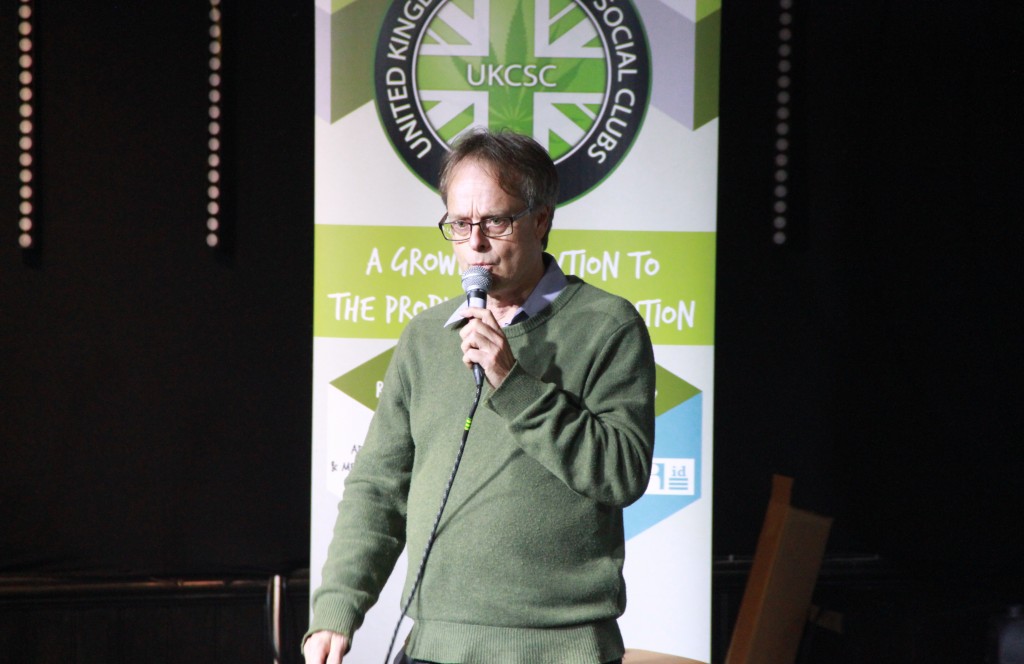There are many different models upon which a regulated cannabis market could be based. Even in countries where cannabis is still prohibited, one of those models is already spreading fast.
Cannabis Social Clubs (CSCs) manage to exist in diverse legal regimes, and are centred on a small community cultivating just enough cannabis to meet the needs of its members, often also providing a safe and friendly space where the club members can socialise and consume their harvest.
But, more than providing access to many people’s drug of choice, Melissa Bone, a lecturer from the University of Leicester Law School, sees potential for CSCs to empower cannabis users and activists to control their own model of regulation and the debate surrounding drug policy reform.
I met Melissa at the Beyond Psychedelics Conference in Prague last autumn.
So what can you tell me about cannabis social clubs?
CSCs are not-for-profit, private organisations where adults cultivate and distribute cannabis for their own personal needs, to avoid having to turn to the black market. They originated in Spain because Spanish activists wanted to expose grey areas in the law, as social supply and possession for personal use is effectively decriminalised there.
CSCs basically started as bottom-up, grassroots initiatives and they have regulations in terms of making sure that health is taken into account, that safety issues are taken into account, that they’re accountable and that the model is transparent.
And are CSCs a human rights issue?
The European Coalition for Just and Effective Drug Policies (ENCOD), which is a body that advises a lot of these CSCs, very much frame their arguments in human rights terms: that people have a right to consume and to do it in a safe environment.
For me, it’s the right to privacy and the right to personal autonomy, which fit best with the CSCs as a model. But in the UK at least, it looks like it’s going to be an uphill battle; every legal case that challenges the prohibition of cannabis on human rights grounds has been unsuccessful. R v Taylor [2001] tried to argue for a religious exemption, R v Quayle [2005] for a therapeutic exemption, and in R v Ham [2001] the defendant unsuccessfully tried to argue that his Article 8 right to privacy under the European Convention on Human Rights was infringed. He was convicted for possessing less than 2 grams of cannabis!
So, I’m trying to look at a broader human rights perspective and go beyond the court process. I want to look at how CSCs can be framed as a human rights issue in a way that gets the public on board, because once you get the public on board, you get the politicians on board.
So can a human rights approach really change things in this field?
I think that local groups and local movements, which is what the CSC movement really is, can start to reframe the issues that they have as human rights concerns, especially if they start off with the medical cannabis side of things.
One episode of the BBC series ‘Drugs Map of Britain’ is called ‘Dying for Weed’ and it framed this discussion in terms of the right to health. It looked at medical cannabis users and the issues that they face as a result of cannabis prohibition. A guy who was mentioned a lot in that episode is Jeff Ditchfield who runs Bud Buddies UK. He supplies cannabis to terminally ill patients and, in my view, the public can get on board with this issue much faster when it’s framed in these terms. Then, once you’ve got rid of the stigma associated with it, recreational use is more accepted as well.
Despite that, I don’t think that you should ignore recreational use or the right to use cannabis in and of itself. The issue is not the state failing to take control of drugs, the issue is that they took control of drugs in the first place.
And a core characteristic of CSCs is user control?
Yes, exactly. And that’s what I love about the model. We tend to either advocate strict prohibition or strict regulation, where the model would be left in the hands of state or corporate interests.
But the CSC model represents a third option; it empowers users, because of its closed, not for profit network, to attain a level of control over their own model. Of course there would be some state regulation in order to legalise and regulate in the first place, and that will be necessary, but that level of control that a user gains to develop this model on their own terms is really important.
So the CSC model can be used to empower activists to be the people who make the change happen.
Definitely, and I think once you start to reframe the debate in terms of governments restricting the rights of cannabis consumers, you give people that fire to go ahead and debate this issue from a human rights perspective.
Activists have a lot of experiential knowledge as well, so they have much to add to the debate – it shouldn’t just be the scientists and academics and policy-makers. In Uruguay, when the government were researching how to implement their new law ending the prohibition of cannabis, they were referring to cultivation strategies from 1908, so they didn’t really have a clue what they were doing! The activists, on the other hand, had experience over decades, not only did they know what they were doing, but often they had dedicated their lives to the cause. If you look at the work of the UKCSC (United Kingdom’s Cannabis Social Clubs), and other cannabis user organisations around the world it’s the same; they have that knowledge and it would be a mistake not to give them a voice when really they should have a big part in framing the debate.
So are CSCs the best model for legalised cannabis, one good option among many or a stepping-stone to a better model?
I think they’re one good option among many. There is a place for commercialised medical cannabis, for example, and the standardisation that it would bring.
As you can probably tell, I think the CSC model is a great option. But, in Uruguay, you’re now allowed to grow 6 plants in your garden for personal use and they found that, since that rule came into effect, the CSC model became less popular. In that case, the social clubs acted as a stepping-stone to another model which seems to suit people better. The UKCSC already recognise this. They have recently implemented their Right2Grow campaign which focuses on the right to grow, share and collectively consume cannabis both within and outside of a CSC setting.
And how can we create an environment where activists and users are part of the conversation?
I think there’s a need for strategic alignment. You need to align what you want, to a certain extent, with what the government or the political powers want in order to sell your idea.
The activists in Spain and Belgium courted the media; they would conduct cultivation experiments in public spaces and invite the media along. They got big reactions and, through that, important contacts. They drew on their own social and cultural capital to create change.
They had to innovate to create their own space…
And then the ball just gets rolling from there!
Kate Thompson is a researcher, working on drug policy and other human rights issues. Tweets @kthrnthmpsn
Vist ‘Beyond Psychedelics’ here



